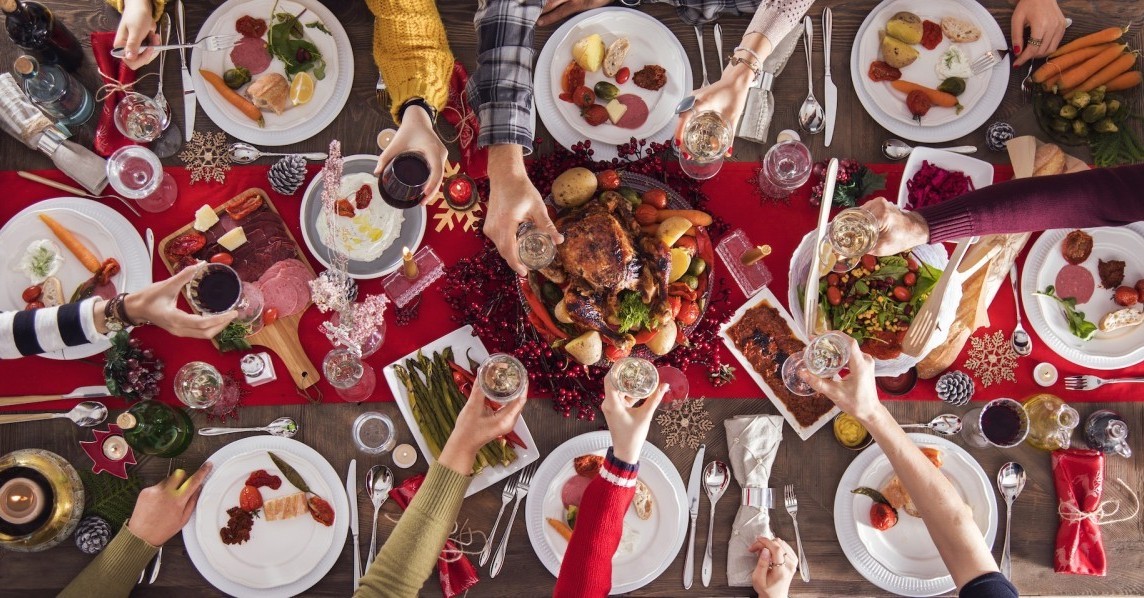
Christmas in Spain is a long, food‑centred season running from Nochebuena through Christmas Day to Reyes. Families linger over traditional Christmas food in Spain with long lunches and generous starters, roasts and shellfish. The run‑up brings pre‑orders, queues and a bit of local vocabulary that make the holidays feel wonderfully festive.
Savoury Spanish dishes for Christmas

Cochinillo asado (Castile and León)
Roast suckling pig with crisp crackling and tender meat, most famously in Segovia. It’s typically served with simple pan juices, roast potatoes and onion.
Cordero lechal or cabrito asado (Castile, La Rioja, Aragón)
Roast milk‑fed lamb or kid goat is another centrepiece in the interior. Expect clay‑tray roasting, rosemary, garlic and olive oil.
Besugo al horno (Madrid, Basque Country)
Oven‑baked sea bream with potatoes, onion and a light garlic‑parsley dressing. In Madrid households, this is a classic nod to old‑school holiday menus.
Mariscada: prawns, clams and more (Galicia, Cantabria, Asturias)
Platters of king prawns, percebes (goose barnacles), clams in salsa marinera and spider crab pâté appear across the north and on many coastal tables.
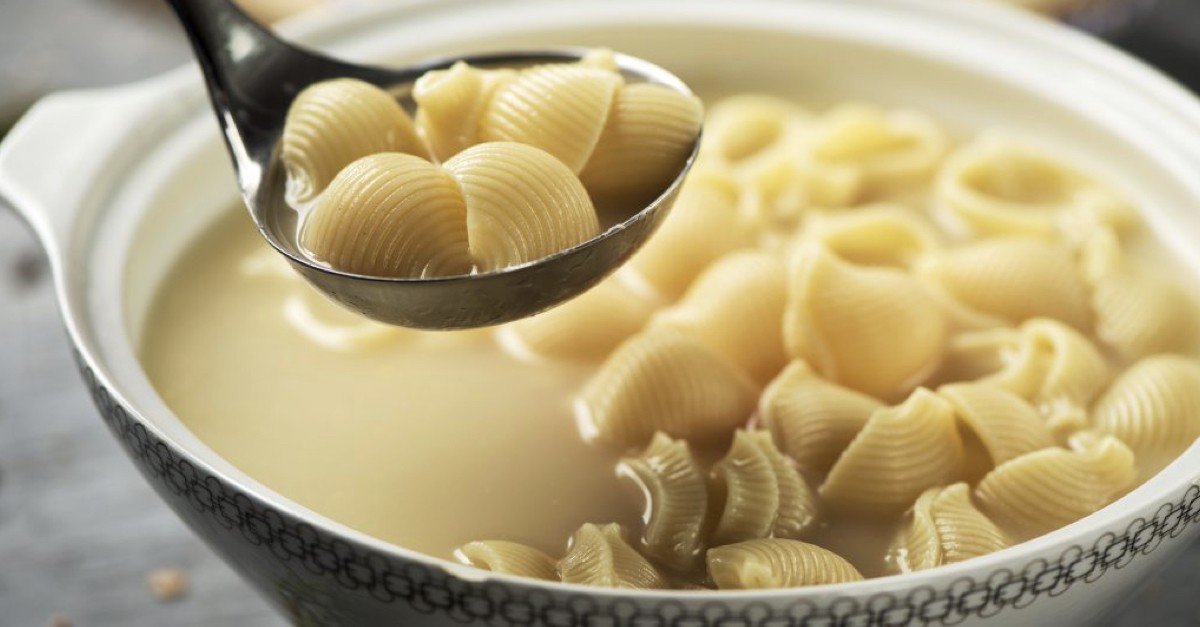
Escudella i carn d’olla with galets (Catalonia)
If you choose to celebrate Christmas in Barcelona, you'll come across this rich broth simmered with meats, bones and veg. It is served first with oversized pasta shells called galets that are sometimes stuffed with seasoned mince.
Canelons de Sant Esteve (Catalonia)
Baked pasta tubes filled with leftover roast meats, covered in béchamel. Served on 26th December (Sant Esteve), it’s resourceful Catalan comfort food.
Sopa de picadillo (Andalusia)
Clear chicken broth with shreds of meat, ham, egg and sometimes tiny pasta.
Cardo con almendras (Navarra, La Rioja, Aragón)
Braised cardoon (artichoke thistle) in almond sauce, beloved in the Ebro valley.
Festive Spanish sweets and baked goods
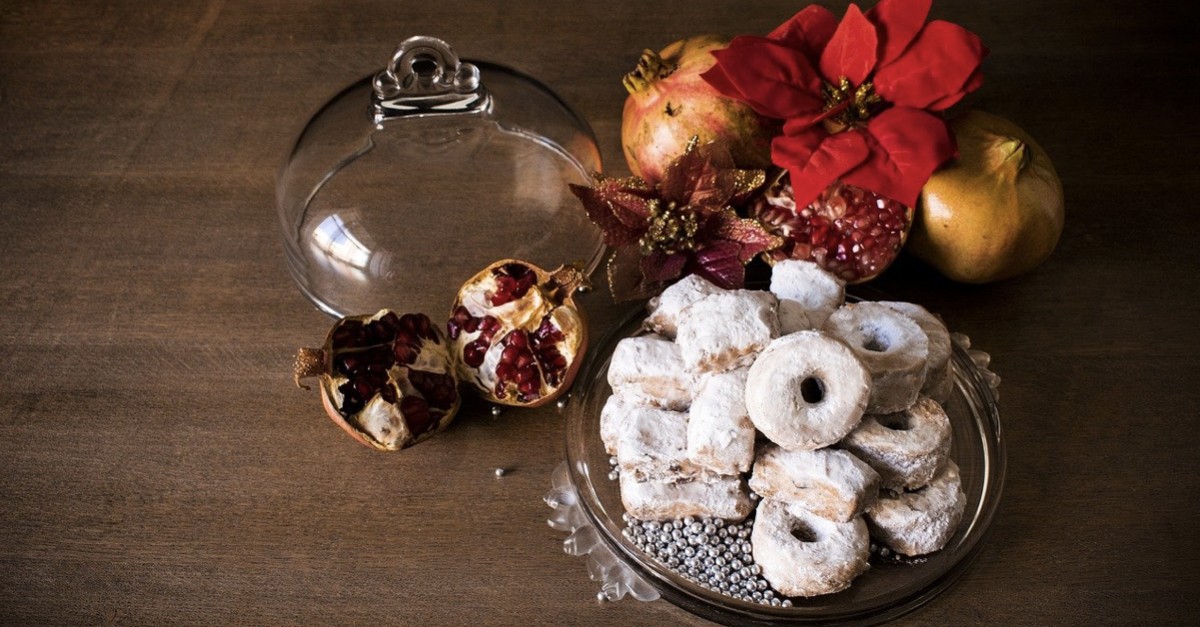
Turrón de Jijona and Alicante
The soft almond‑honey slab (Jijona) and the crunchy nut‑studded bar (Alicante) are the classics, now joined by chocolate, coconut and toasted yolk versions. You'll find them at Spain's top Christmas markets, glinting in their golden wrappers.
Polvorones and mantecados (often from Estepa)
Crumbly, lard‑based shortbreads dusted in sugar. Polvorón is the ultra‑crumbly almond‑leaning one; mantecado comes in flavours like cinnamon, lemon or sesame.
Mazapán de Toledo
Almond‑sugar paste shaped into figurines or filled with yolk cream. Toledo shops sell them year‑round, but they take centre stage in December displays.
Alfajores de Medina Sidonia, pestiños and hojaldrinas (Andalusia)
Spiced honey confections, glossy fried pastries scented with anise, and delicate citrusy bites.
Roscos de vino
Doughnut‑shaped biscuits made with a splash of sweet wine, anise and sesame, dredged in icing sugar for a snowy look.
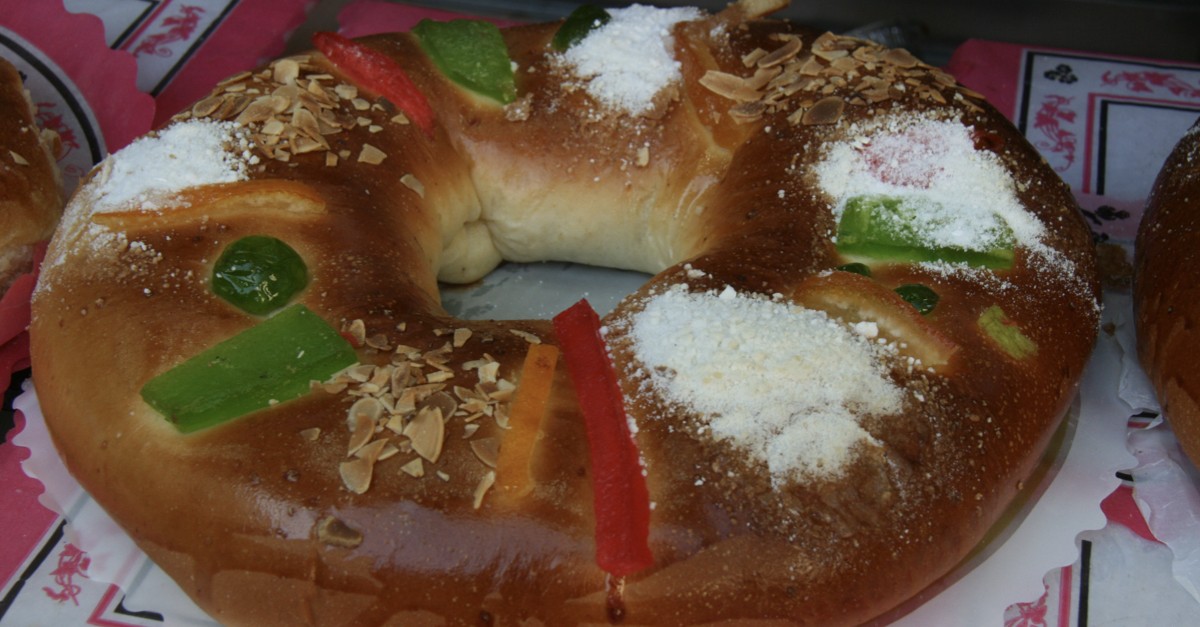
Roscón de Reyes
A crown‑shaped enriched bread scented with orange blossom, topped with candied fruit, and sometimes filled with whipped or pastry cream. It is traditionally enjoyed across Spain on 6th January for Día de Reyes.
One of Spain's most charming festive traditions is to hide a tiny figurine and a dry bean inside. The finder of the figurine is ‘king’ for the day, while the bean traditionally means you pay for the roscón.
Christmasy drinks and traditions in Spain
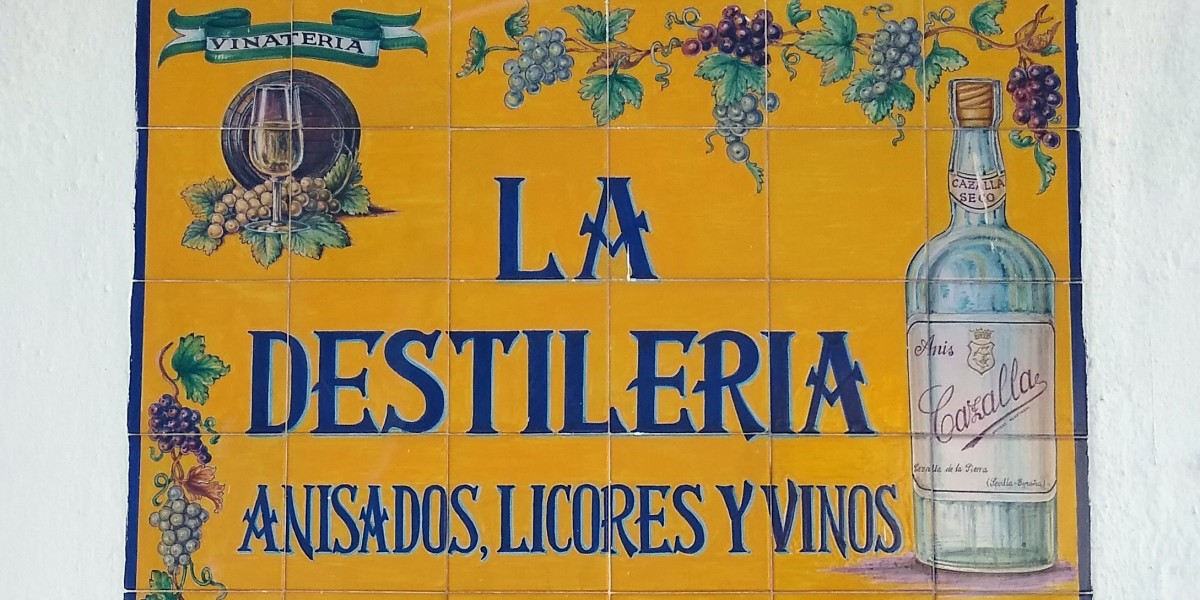
Cava
Cava is Spain’s traditional‑method sparkling wine made under the DO Cava, largely from Catalunya’s Penedès. Styles run from dry brut to ultra‑dry brut nature. It isn’t Champagne, which is a protected French appellation, and if you want more complexity, look for age terms like Reserva and Gran Reserva.
Sidra achampanada, anís and moscatel
Lightly sparkling Asturian cider, aniseed liqueur and sweet muscat wine are common in different regions.
-------------------------
Stay in the know about living in Spain as a foreigner—get our weekly newsletter for the latest travel, legal, and lifestyle news.
